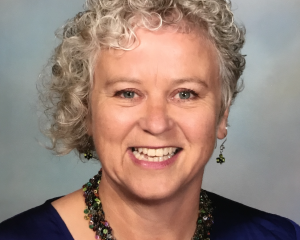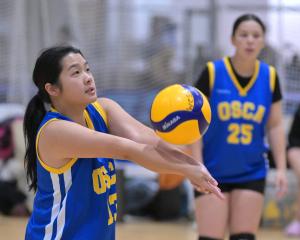"It's prompted us to review our procedures for correct identification of students to make sure it couldn't happen here," he said.
Prof Crampton was confident an "impostor" student would be quickly picked up at the Dunedin school.
Its processes for identification were rigorous, and its programme was structured differently from the University of Auckland's medical school.
In Dunedin, students worked in small groups of nine or 10 from the first year of the medical programme.
The male student in Auckland studied biomedical science in 2010 and then failed to get into medical school. But he carried on attending classes, including cadaver dissections, and may have gone on hospital placements.
The head of Auckland University's medical programme, Associate Prof Warwick Bagg, said the man's act would have been "untenable" next year, as the Auckland medical students split into smaller learning groups.
Prof Crampton said the school checked its procedures for student identification, and found them to be strong. These included checking off those attending small group sessions on a list with student photographs, and making access to dissection rooms subject to an electronic code.
The only area of the programme non-students could access was lectures, but these were not highly sensitive.
Being accepted into the medical programme after the health sciences year was highly competitive, Prof Crampton said.
The university ensured students were advised of other programmes they could enter if they missed out on medicine.











